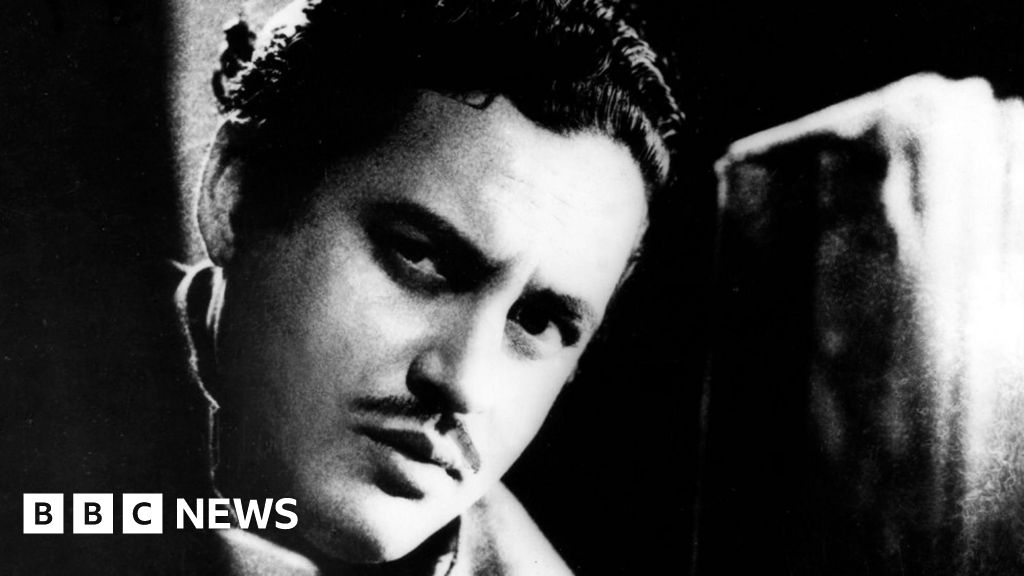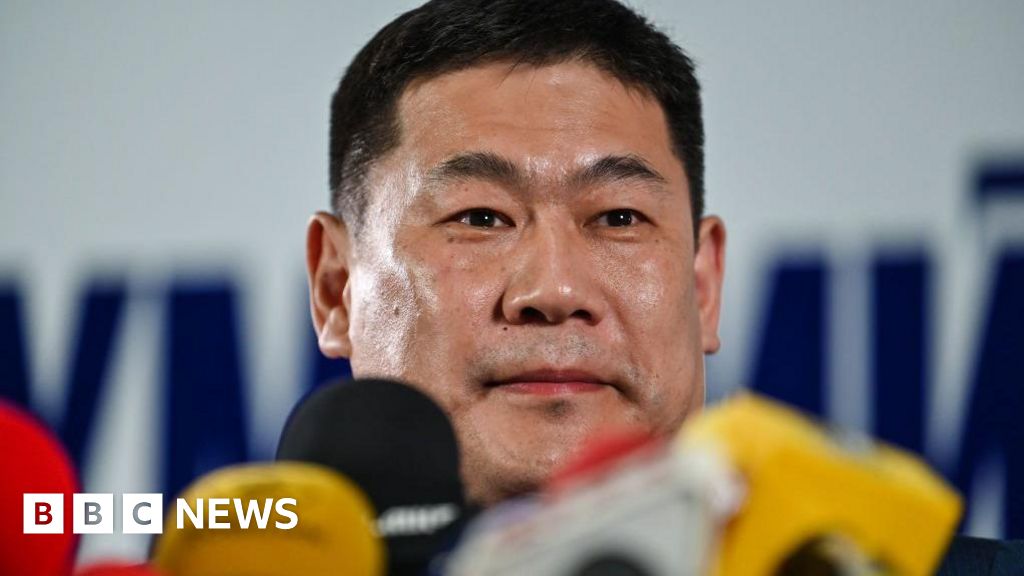ARTICLE AD BOX
President Trump announced Tuesday that he will restore the original names of eight Army bases that were once named for Confederate Civil War soldiers.
His moves undo a spate of renamings undertaken during the Biden administration and accelerated in the year after the George Floyd riots.
“We won a lot of battles out of those forts. It’s no time to change and I’m superstitious, you know. I’d like to keep it going,” Mr. Trump said during his trip to Fort Bragg, North Carolina, to mark the 250th anniversary of the U.S. Army.
The Army bases that will revert back to their original names are:
• Fort Cavazos, which was originally Fort Hood.
• Fort Barfoot, which was formerly Fort Pickett.
• Fort Eisenhower, which was originally Fort Gordon.
• Fort Gregg-Adams, which was initially named for Confederate General Robert E. Lee.
• Fort Johnson, which was originally named Fort Pickett.
• Fort Walker, formerly named Fort A.P. Hill.
• Fort Novosel, which was previously designated Fort Rucker.
Mr. Trump did not offer a timetable for the renaming, which will revert the names of the bases to being named for Confederate soldiers.
The president said he was urged to wait until the parade in Washington on Sunday to celebrate the 250th anniversary of the Army’s founding, but said he couldn’t wait.
Since Mr. Trump returned to the White House, the military restored the names of Forts Benning and Bragg, which were both named after Civil War rebels.
The Army had changed the names in 2023 as part of a broader effort by Congress to strip the names of Confederate soldiers from military posts, roads, buildings and landmarks after the May 2020 police killing of Floyd.
Mr. Trump, who was ending his first term at the time, had opposed renaming the military bases.
In 2023, Fort Benning, which had been named after Confederate Brig. Gen. Henry L. Benning, became Fort Moore.
Fort Bragg, which had been named for Confederate Gen. Braxton Bragg, became Fort Liberty and then was changed back to Fort Bragg, but instead named for Army Pfc. Roland L. Bragg, a World War II paratrooper from Maine, who was awarded the Silver Star and Purple Heart during the Battle of the Bulge.
Defense Secretary Pete Hegseth said in February that reverting to the previous names was about “connection to the community” and that removing the names eroded the bases’ historic legacies.
Fort Bragg had become a flashpoint for Mr. Trump as part of his effort to scrap diversity, equity and inclusion practices within the federal government. The move shows that Mr. Trump is trying to ensure DEI is pushed out of the military and put his stamp on the armed forces.
Mr. Trump’s visit to Fort Bragg is part of a week of festivities aimed at celebrating the Army, which will culminate with a parade in Washington on Saturday, which is also Mr. Trump’s 79th birthday.
The parade is expected to involve thousands of soldiers, 150 military vehicles and 50 aircraft. The Army estimates the festivities will cost between $25 million and $40 million.

 3 weeks ago
78
3 weeks ago
78








 English (US) ·
English (US) ·